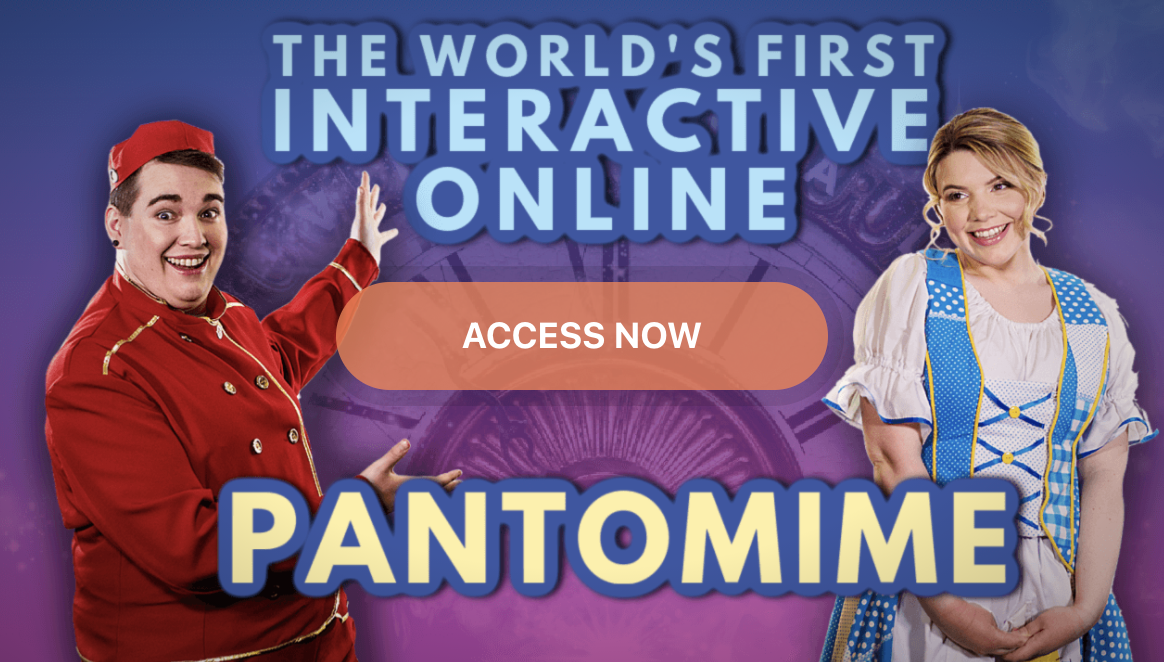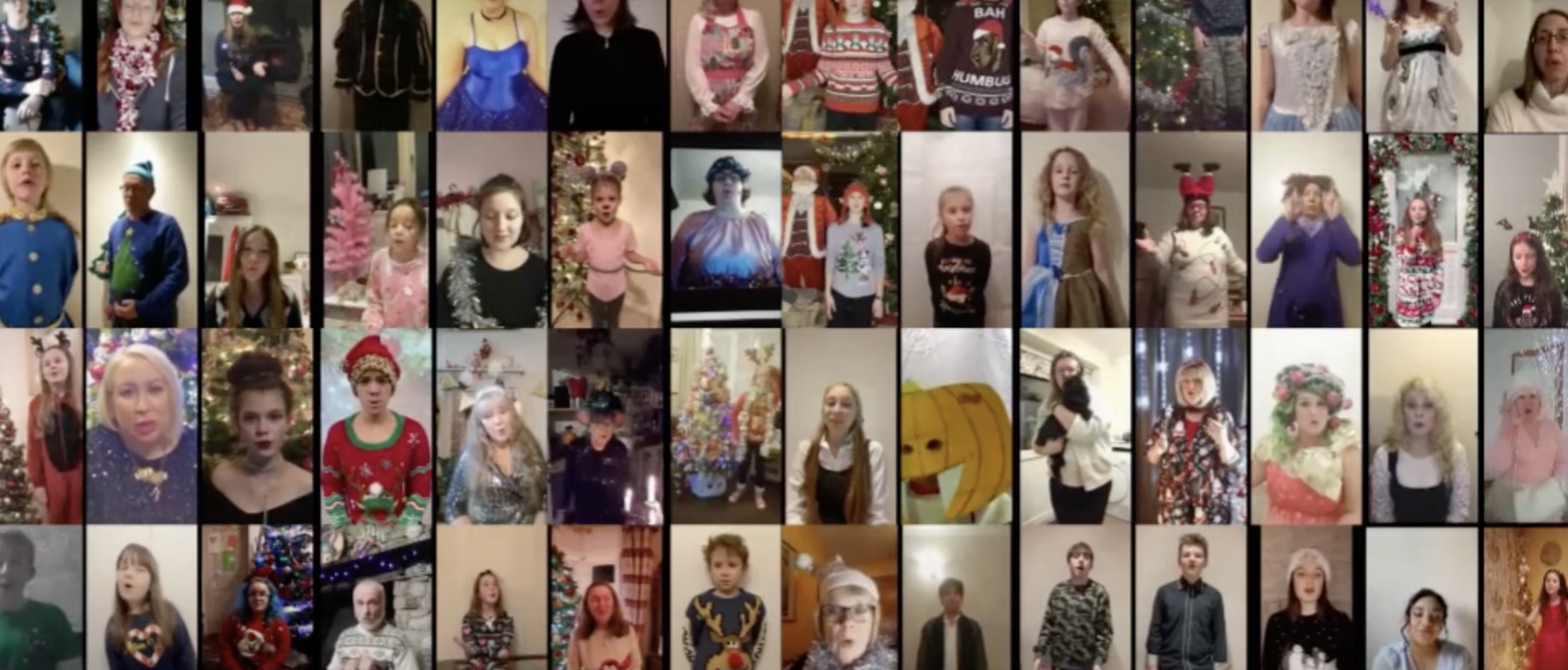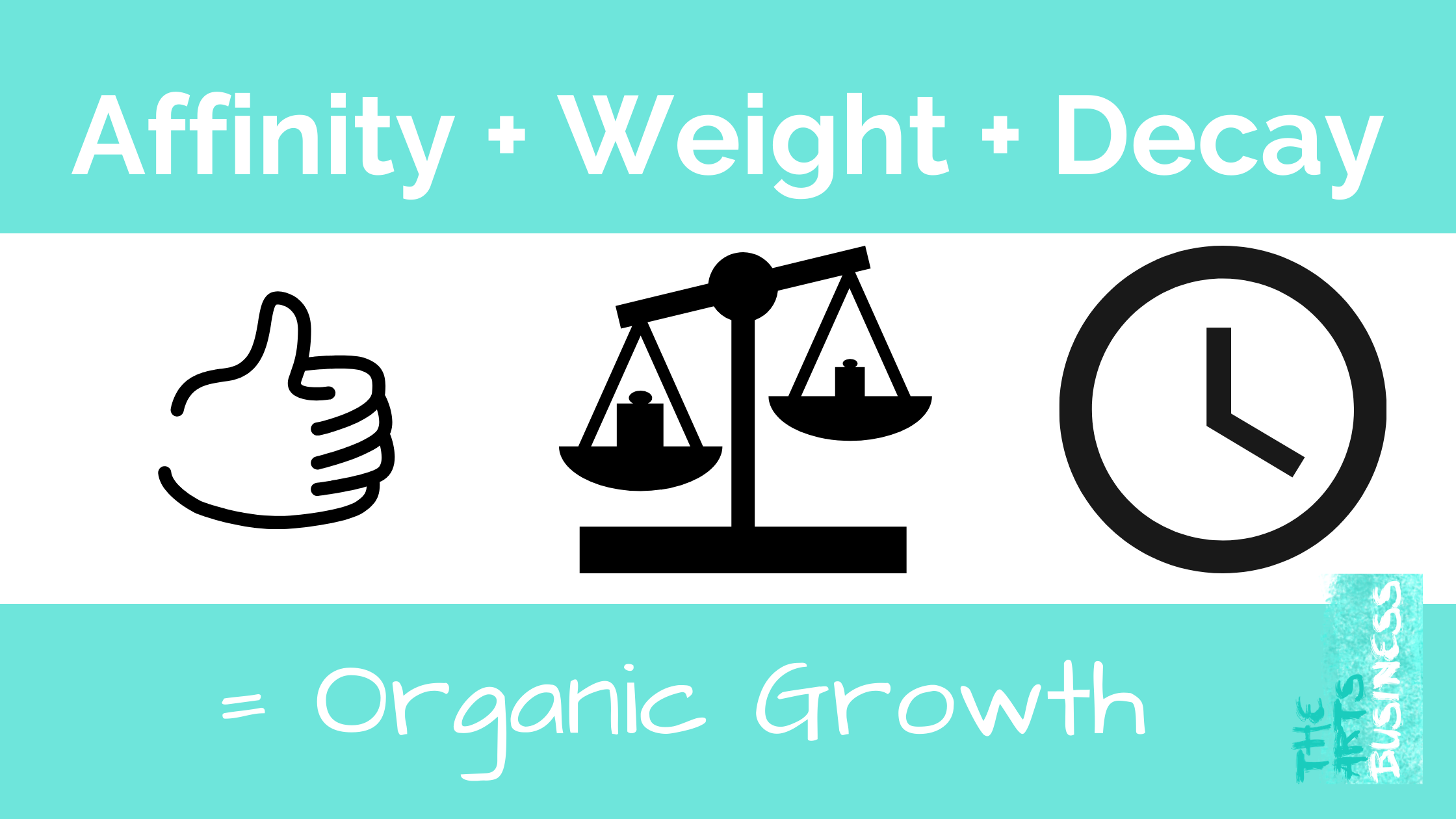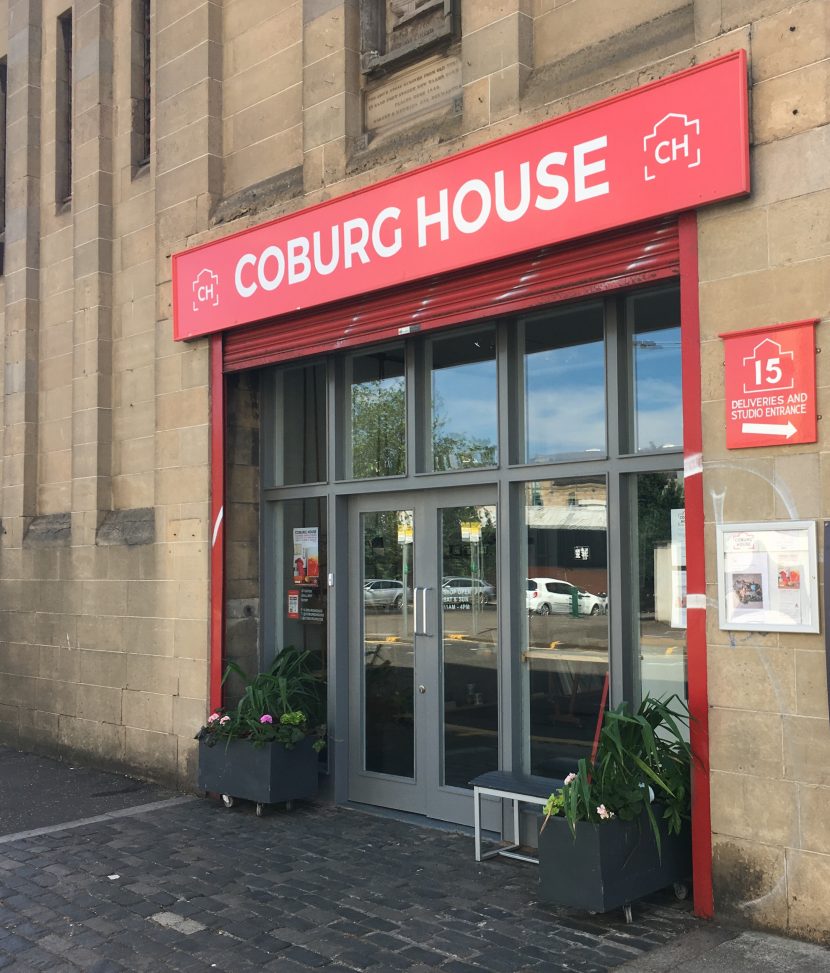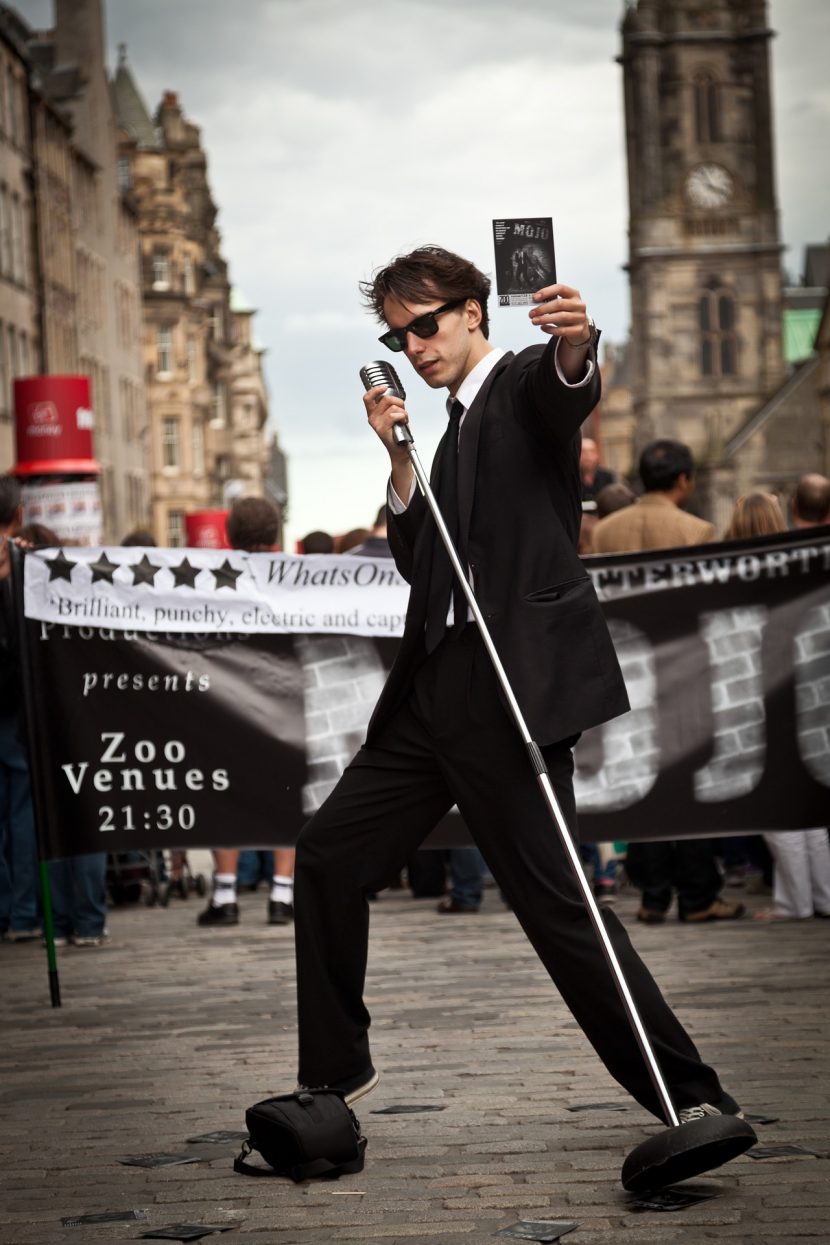Boosted Ads vs. Targeted Ad: How to Choose the Right Adverts on Social Media
Spending money on Social Media Ads can be a little daunting, especially if you’re a small-scale arts company with a small to non-existent budget.
A good place to start is to know exactly what you’re spending your money on!
So, what exactly is the difference between a Targeted Ad and a Boosted Ad, and how will they help you reach your social media goals.
What is a Boosted Ad?
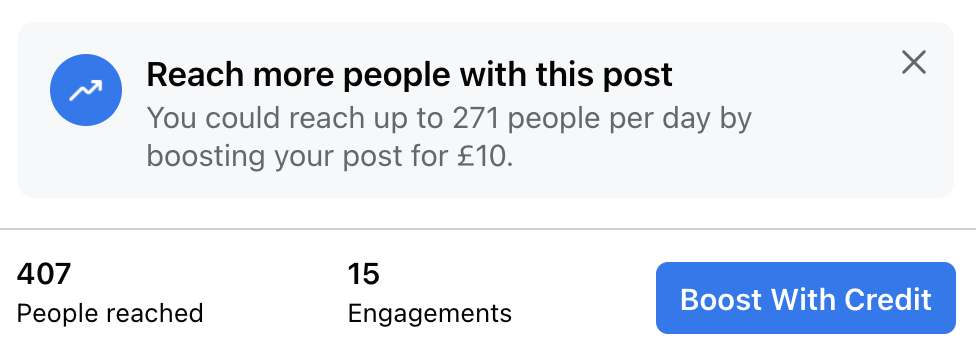
We’ve all seen Facebook ask us if we would like to Boost a post that is doing particularly well, sometimes they even offer us free money to kickstart our campaign, but what exactly does this mean?
Also know on Twitter as a Promoted Tweet and recently introduced to LinkedIn, a Boosted Ad is when you take a regular post that you’ve made and pay to improve its reach.
Generally, the better the post has done organically the cheaper it will be to promote as the platform, like Facebook, can see the existing data on your post and compare it to previous content.
This data is then used to find a wider audience who are more likely to engage with your content. It is worth noting your extended reach through a Boosted Ad is more likely to be pre-existing customers and followers but you can opt to generate new leads.
What are the benefits of a Boosted Ad?
Why would you choose to use a Boosted Ad over a Targeted Ad?
- Generally, it’s cheaper. But that is because Boosted Ads are more limited. In regards to formatting, there is very little you can do to change the original post other than adding a Call to Action (CTA) Button.
- Some marketers prefer Boosted Ads as they appear more organic than Targeted Ads. They look like a regular post other than small grey writing near your business name saying ‘Sponsored’.
- It has a simple budgeting process by which you set the total budget and amount of time you would like the boosted post to run for then a daily spend is calculated for you.
- The data already exists so the Social Media Platform will already know who to target without you having to break it down even further. It is for this reason that you get a more limited targeting ability.
- It’s great to improve overall reach and impressions. It can be good for improving your brand awareness, stats like your follower count, likes, shares/retweets and other forms of social engagement.
- It can be super helpful for smaller, shorter campaigns whether boosting the traffic to your website to highlight new content or raising awareness of a one-time-only event.
What is a Targeted Ad?
 Also known as a Social Media Ad, using Target Ads opens a whole box of opportunities across your community platforms.
Also known as a Social Media Ad, using Target Ads opens a whole box of opportunities across your community platforms.
Broadly speaking, Targeted Ads are better for achieving goals like increasing app installations, improving website conversions, upping your video views and excelling orders from your online store! They can have a bigger, more immediate impact than Boosted Ads.
It takes a little bit more legwork to set up as you’ll need to join a whole myriad of ad managers including getting yourself a Facebook Ads Account. I recommend if you’re new to Social Media Ads you start here as you can oversee ads across all Facebook Platforms including Instagram and Messenger.
There’s a range of ads you can opt for from In-Feed ads, side ads, messenger bots and influencer marketing partnerships to name but a few options.
You’ll probably wanna also download yourself Facebook Business Manager (Previously known as Pages) where you’ll be able to view all of your analytics so you can gain more knowledge on what content works for you and your brand and how your ads work alongside this.

What are the benefits of a Targeted Ad?
Why would you choose to use a Targeted Ad over a Boosted Ad?
- You have way more formatting options, getting to choose your style of ad and where it appears with a variety of alternative appearances including Carousel Ads (pictures that keep scrolling horizontally round and round), Slide Show Ads (one photo to the next) and Canvas Ads (which allow you to select the ad for a full-screen view). You can also catalogue your products so users can view the full range of what you offer.
- You can add more dynamic CTA buttons with a wide variety of functionalities to drive your campaign goals more effectively. Goals include gaining unique reach, signing up to your newsletter, improving event RSVPs, collecting new leads, directing more traffic to your website, promoting products and increasing your conversion rate.
- It comes with a wider range of targeting options, including age, gender, location, interests, and hobbies, so you can ensure your ads reach your Target Audience. Watch you don’t get too specific though! You still need those data bots to find you a wide potential audience.
- They have way more analytical data available allowing you to properly track your campaigns, tweaking and refining them as you go and allowing you to learn a lot more about how Social Media Ads can be used to boost and complement your sales funnel.
- It offers A/B Testing for your ads so you can approach them from different creative angles and figure out which ones work better for you can your company.
- They allow for more flexibility when setting budgets so you can adapt your spending for maximum impact, whether you want a slow and steady approach or an accelerated delivery for super-speedy results that pack a punch. You can limit both your lifetime spend and daily spend separately and choose whether you’re paying for impressions or click-throughs.
- You can schedule when your ads appear, whether this is limited to during your office hours or dependent on your time zone.
So, which one should I choose for my Social Media Campaign?
Well, it depends on what your end goals are, both long term and short term.
When you’re starting out, the best thing to do is to try out a combination of both to help you figure out what methods work best for your arts business.
If you need more advice please don’t hesitate to get in touch.
If you have any hints and tips for Social Media Ad Campaigns of your own, please let us know in the comments!!






